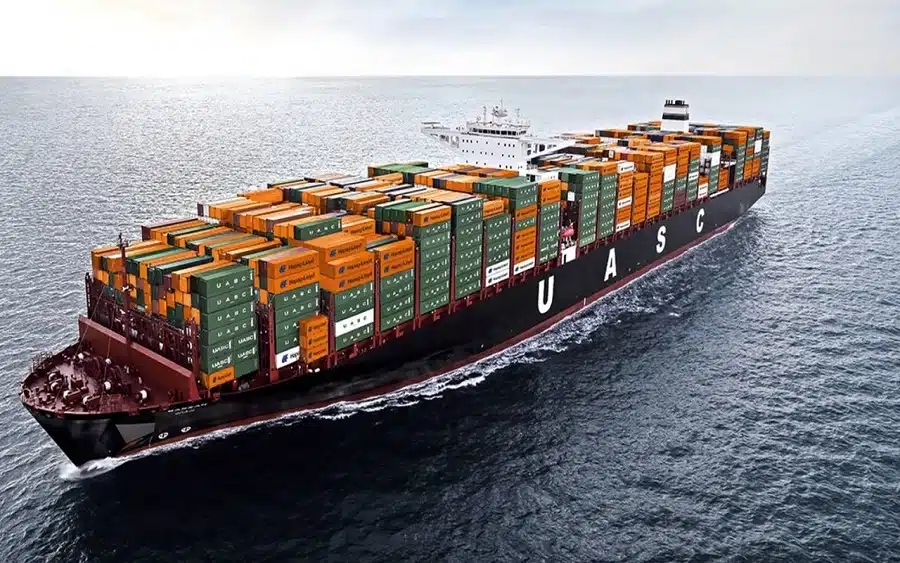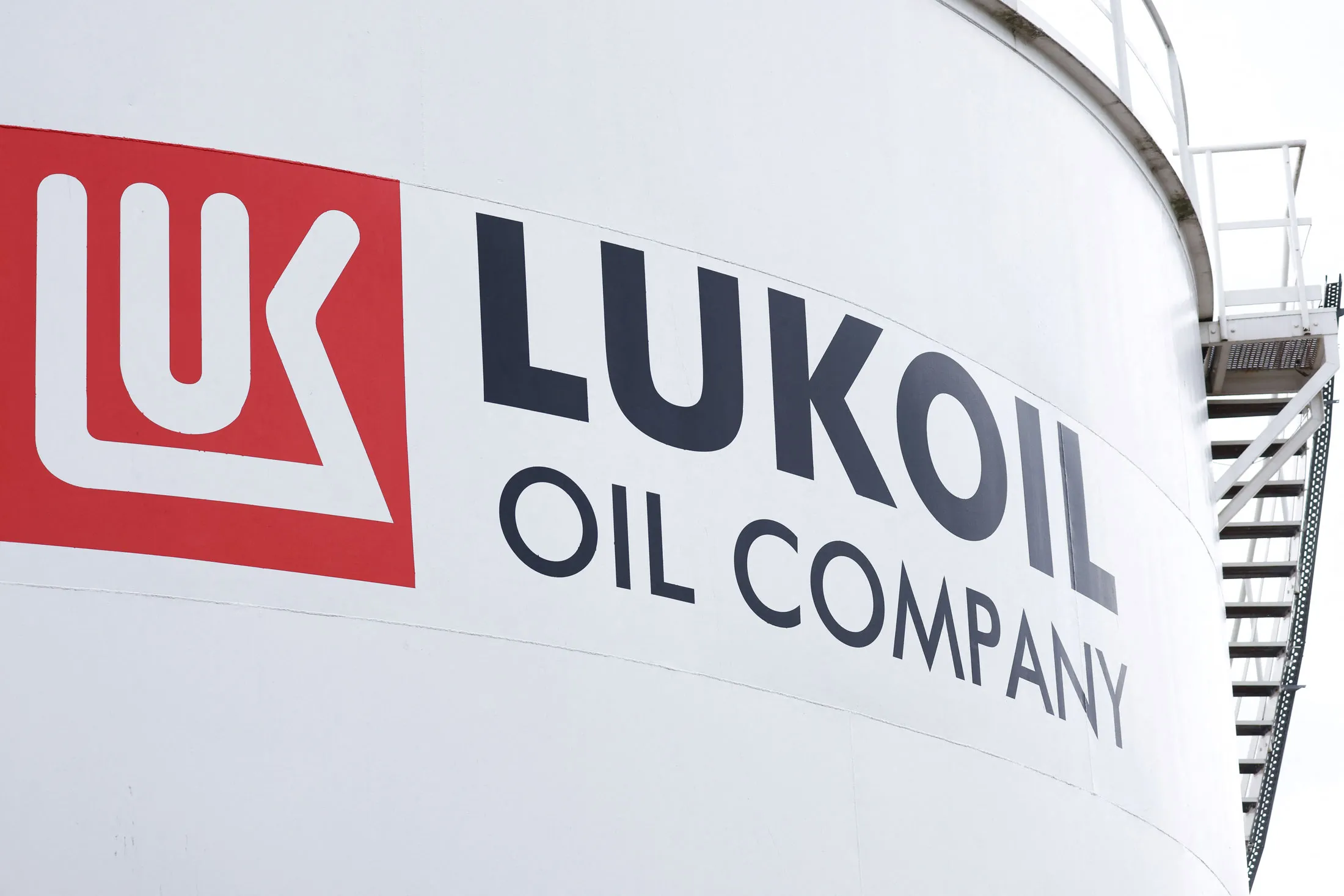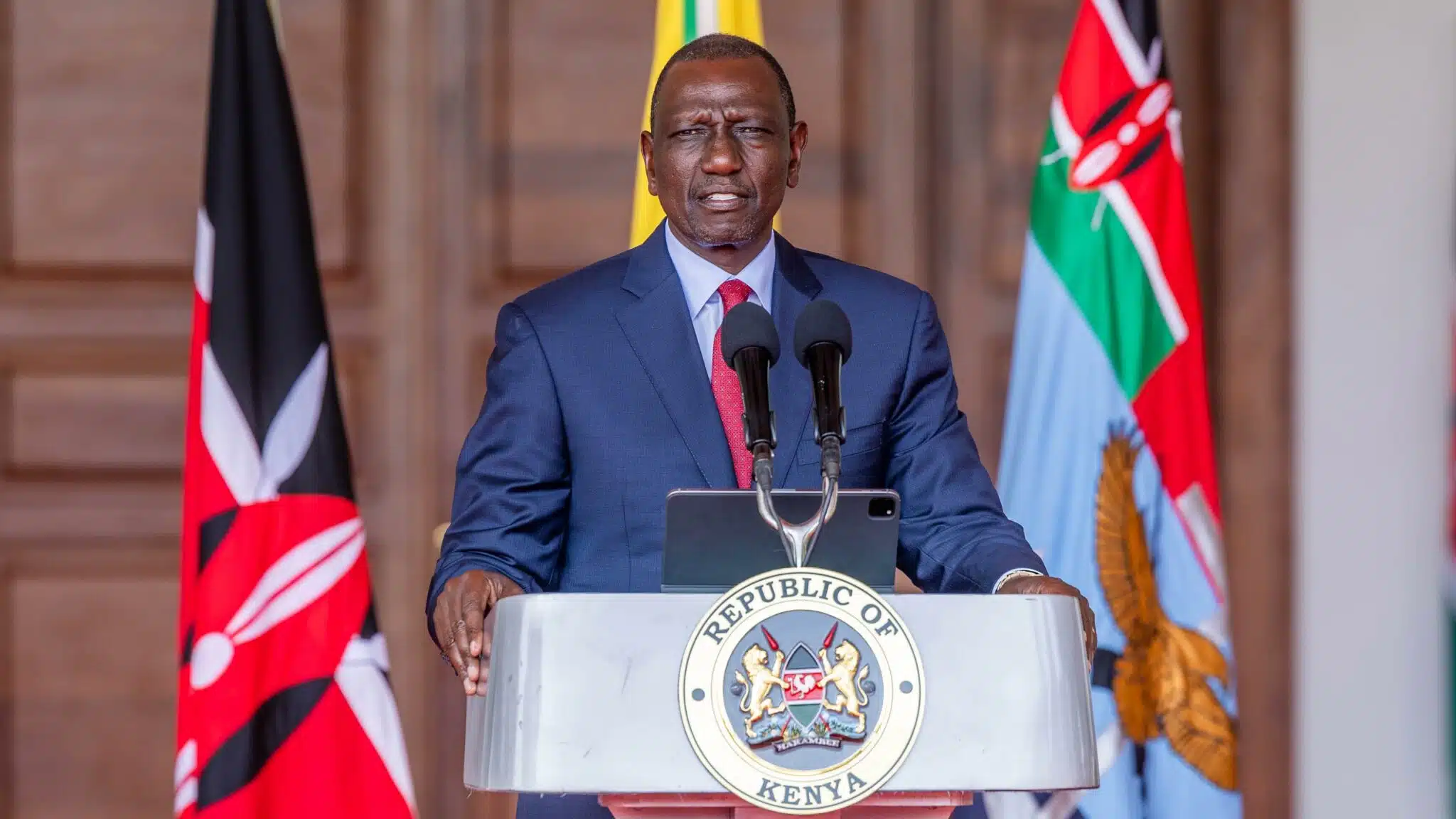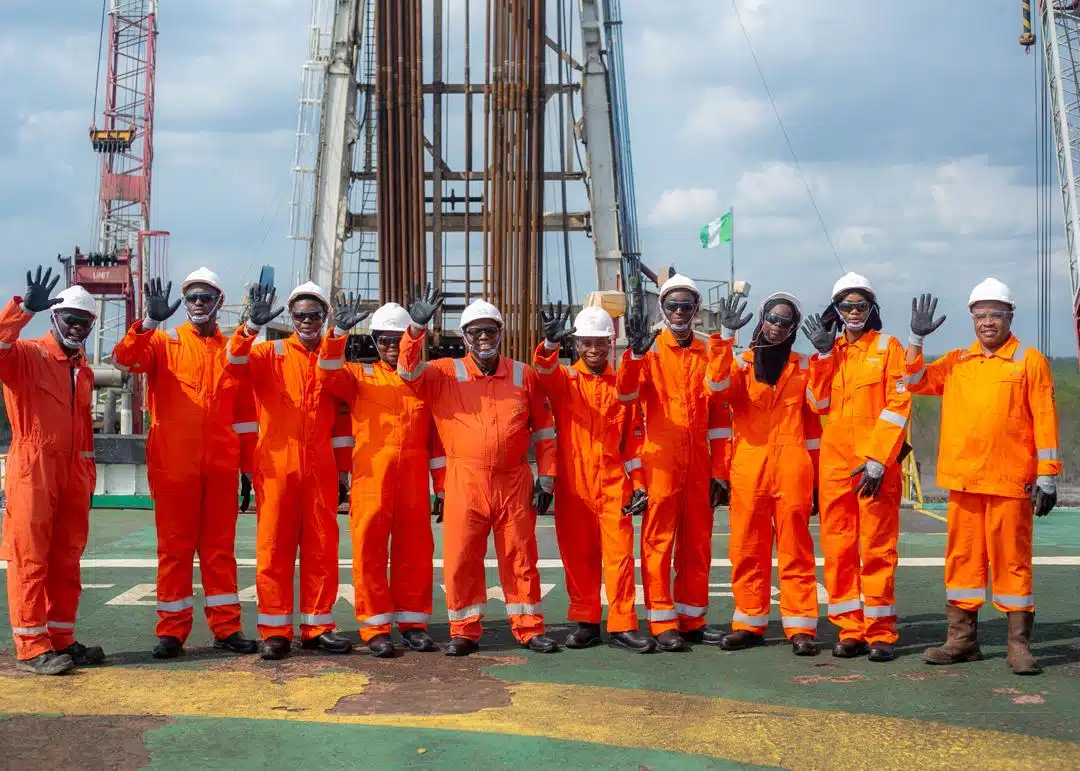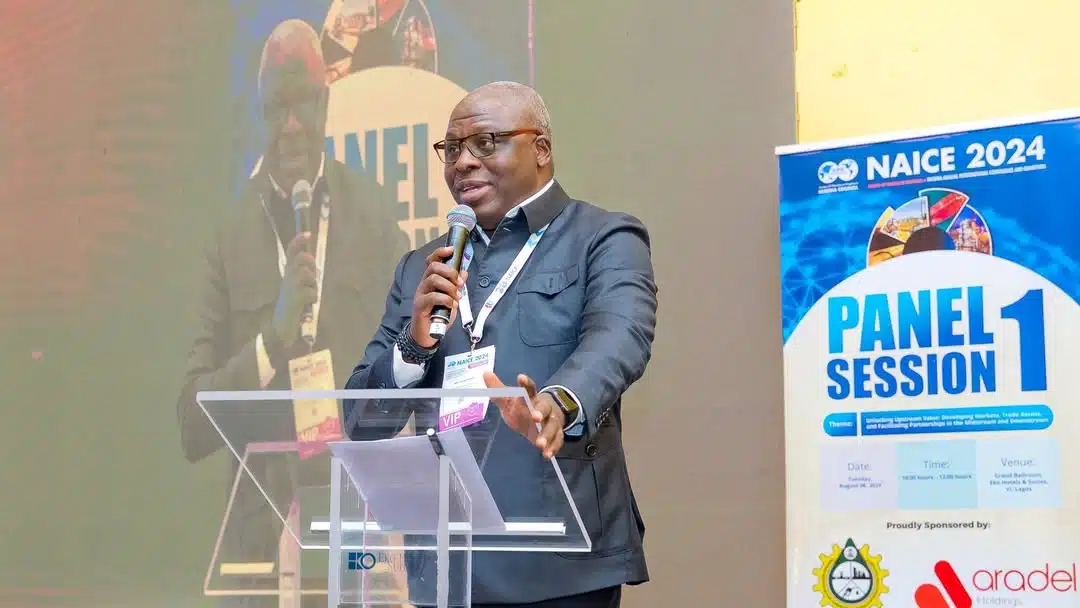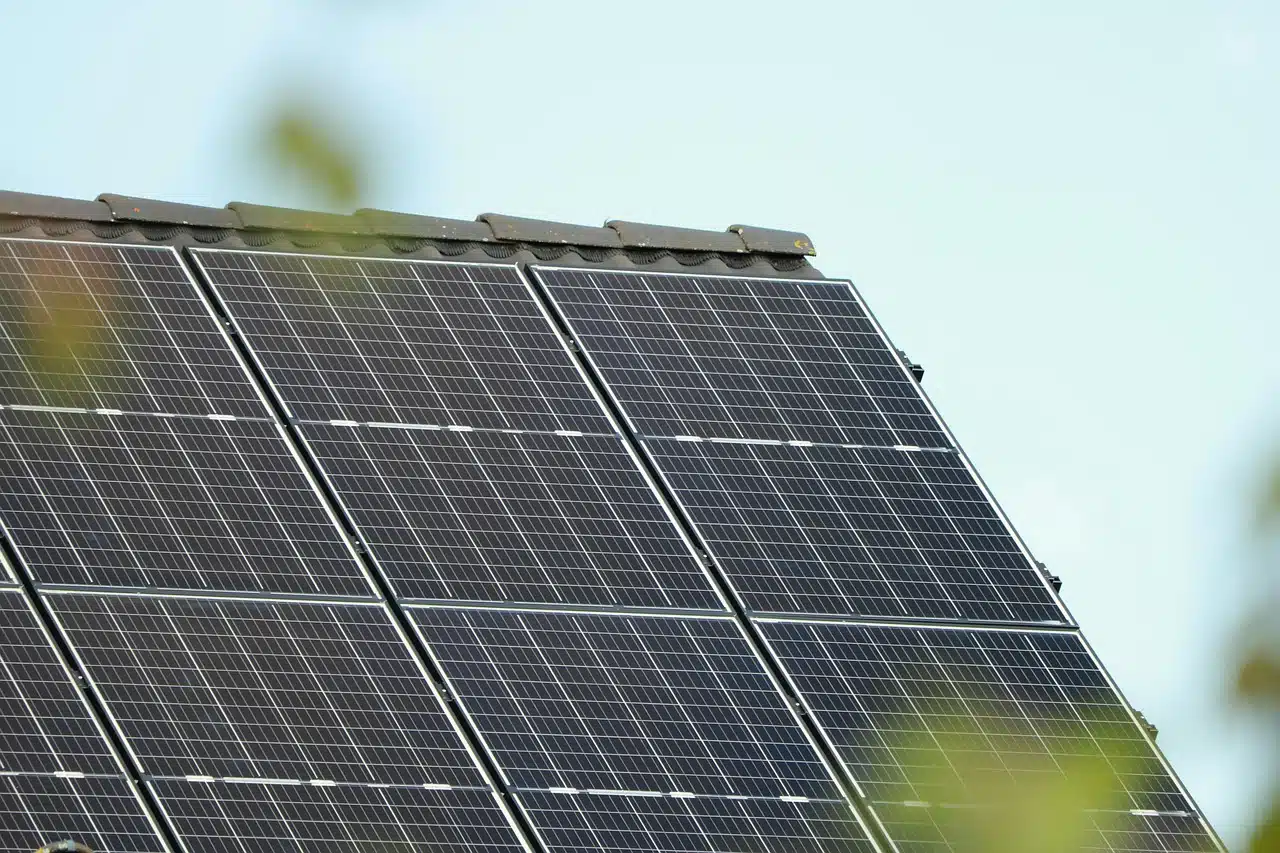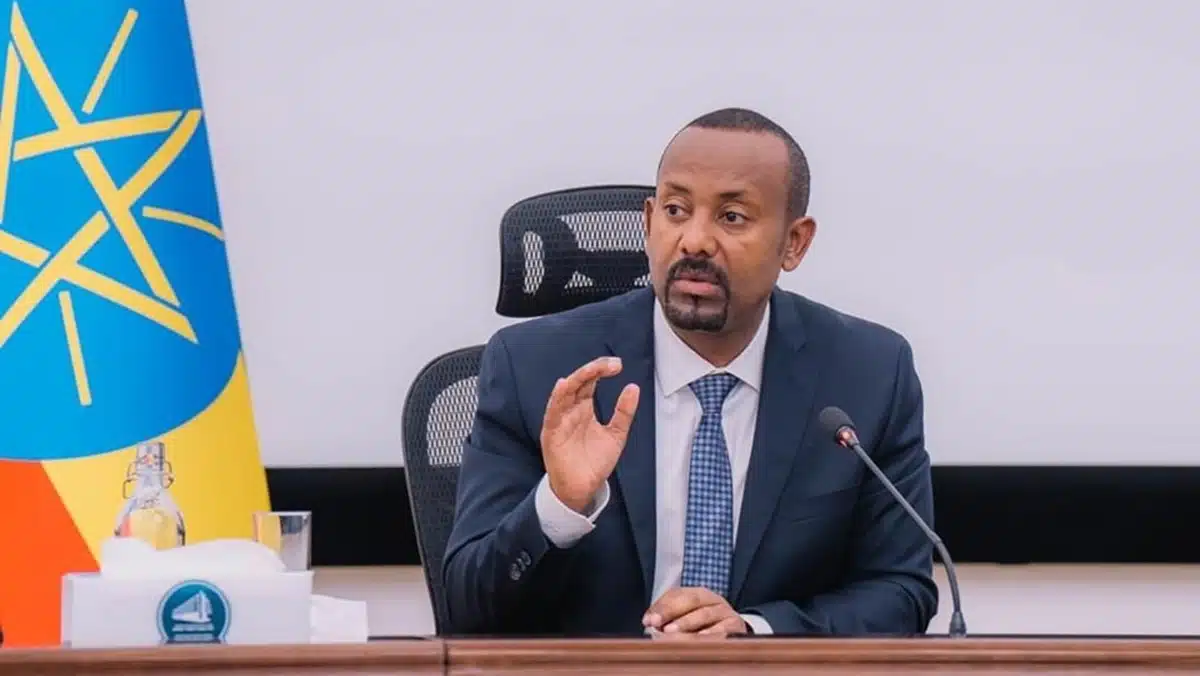Tanzania has officially launched its largest-ever fertilizer manufacturing facility, marking a big step towards reducing fertilizer imports.
The $180 million (TSh 486 billion) plant will be located in the Nala Industrial Area of Dodoma.
The country’s President Samia Suluhu Hassan, joined by Burundian President Évariste Ndayishimiye, inaugurated the project over the weekend.
Operated by Itracom Fertiliser Limited (IFL), the factory starts with an annual production capacity of 1 million tonnes, with future plans to triple output.
President Hassan said the project is more than just a factory, describing it as “a catalyst for agricultural transformation and regional collaboration.”
Tanzania’s economy is anchored on agriculture, which currently accounts for 70% of employment.
A boost for agriculture and employment
The plant is expected to improve fertilizer access and affordability, support youth employment, and stimulate the agricultural value chain across Tanzania and the East African Community (EAC).
“Through this investment, we are creating opportunities for young people strengthening the agricultural value chain”, President Hassan said.
Currently, the 21-hectare facility employs 1,800 workers, with 3,000 additional indirect jobs anticipated.
The project has already injected TSh 15 billion into rural communities by sourcing 100,000 tonnes of manure from local livestock farmers.
This is in addition to government support through subsidies and other incentives.
Since 2021, the government has increased the agriculture budget by 300%.
Agriculture Minister Hussein Bashe highlighted several government initiatives to complement the plant’s operations.
These include;
- The creation of a national soil health map to enable tailored fertilizer production
- A 2025/26 subsidy program aimed at purchasing 200,000 tonnes of fertilizer and 50,000 tonnes of lime
All these are targeted by the government to make 80% of fertilizer locally produced.
Environmentally friendly and export-ready
According to Catherine Senkolo, research manager at IFL, the plant produces organo-mineral fertilizers that are environmentally sustainable and effective in improving soil health.
She noted rising international interest, with inquiries already coming from Kenya, Malawi, Uganda, and West African countries such as Nigeria and Ghana.
“Affordable access to fertilizer has long been a challenge for our farmers. This factory will help improve availability and affordability—not just for Tanzania, but for the entire region,” the president said.
The president imposed a counter ban on the importation of all agricultural produce from South Africa and Malawi in April, following the two countries’ failure to lift trade restrictions on Tanzanian farm products.
Meanwhile, Burundi’s President Ndayishimiye has described the fertilizer project as a key milestone in regional integration.
He said the operation of the facility would encourage further regional investments and cooperation between Burundi and Tanzania relations.
Burundi is a landlocked country enveloped by Tanzania, Rwanda and the DR Congo.
Tanzania is the only country among these that has a direct coastline with the Indian Ocean, hence why Uganda is building a key pipeline through the country.
Tapping natural gas for industrial growth
The new facility marks a major step by the current Tanzanian government to leverage its natural resources for long-term agricultural development.
Although Tanzania currently lacks commercial oil production, the East African nation, however, boasts significant natural gas reserves and is already a producer of gas.
Natural gas is a key raw material and energy source for producing nitrogen-based fertilizers, particularly ammonia—positioning the country as a potential future leader in fertilizer exports.
It serves as the primary feedstock for the hydrogen component in ammonia synthesis, a crucial ingredient in many fertilizers.
To further tap into its gas reserves, Tanzania announced in March that it would launch the country’s fifth oil and gas licensing round in 2025.
The bid round, originally scheduled for May, has been rescheduled to November 2025 and will be launched in London.
Meanwhile, Aminex, an oil and gas exploration and development company, has submitted an updated development plan to the government after reporting significant progress in the development of the Ntorya gas field, located in the Ruvuma Basin.



